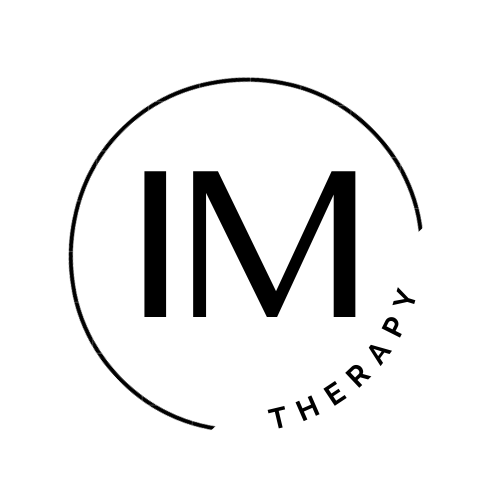What is a speech and language evaluation?
Prior to recommending any therapy services or intervention, a speech-language pathologist, or SLP, must first complete a thorough evaluation of the person’s communication, cognitive-linguistic, voice, feeding, or swallowing skills. An evaluation is required to establish a baseline of skills, to determine strengths and areas of need, and to formulate an effective plan of care that addresses the individual’s specific needs and any factors that may be adversely affecting the person’s current presentation. In many cases, especially outside of the school setting, a doctor’s order is required prior to completion of an evaluation or certain types of evaluations.
How does a speech-language pathologist complete an evaluation?
- collects/reviews
- patient’s name, age, and other demographic information
- reason for the evaluation
- case history
- referral information, e.g. medical records and/or reports from other professionals
- completes
- the patient/caregiver interview
- a collection and review of case history that includes information related to:
- Audiological history: How is the person’s hearing acuity?
- Current status/concerns: What are the current challenges? What may be contributing to these challenges?
- Developmental history (for pediatric patients): Has the pediatric patient met all major developmental milestones at or near the expected ages?
- Educational history: Is the pediatric patient in school? What was the adult’s academic experience?
- Medical history: Is this patient dealing with other health issues?
During a speech and language evaluation, the following areas will be assessed either formally or informally:
- Attention: Does the patient stay on task?
- Behavior: Is the patient cooperative?
- Expressive language: verbal and non-verbal means of communication. e.g., eye gaze
- Fluency: Is the person stuttering?
- Hearing: Can this person adequately hear the speaker?
- Oral structure and function: Are the muscles that are important for speech production in good working order? Are there any structural defects?
- Pragmatics: Does the patient struggle with understanding how to use and change language according to the listener(s) and/or the setting?
- Receptive language: Does the patient understand the speaker?
- Resonance: Does it sound like air is escaping from the nose?
- Speech production: Are all speech sounds being produced correctly?
- Voice: Are there any issues with the person’s vocal quality, loudness, or pitch?
- Cognitive-linguistic skills: How does the patient uses his or her thinking and reasoning skills to problem solve, plan, and organize his or her environment?
- Feeding: Does the patient accept all types of food?
- Gesture comprehension and use: Does the patient understand or use gestures?
- Higher level language skills: Does the patient understand humor or figurative language?
- Play: Does the pediatric patient play with his or her peers? How?
- Phonological awareness: How is the pediatric patient’s rhyming and speech sound detection?
- Reading: Is the patient reading at a level that is similar to that of his or her peers?
- Swallowing: Does the patient safely handle all foods and liquids he or she consumes?
- Writing: Is the patient writing at a level that is similar to that of his or her peers?
- Results of formal and informal assessment
- Plan of Care—includes
- Frequency of therapy (e.g., 1x/week): How often will therapy occur?
- Duration of therapy (e.g., 3 months): For how long will therapy occur?
- Intensity of therapy (e.g., 45 minute therapy session): How long will each therapy session last?
- Therapeutic goals: What will we be targeting in therapy?
- Recommendations
- Referrals to other agencies or to other professionals (including but not limited to the following):
- Audiology: to check hearing
- Dentist: to check dental structure
- Early Childhood Intervention (ECI): to provide services for children ages 0-3
- Local school district: to provide service for students ages 3-21
- Neurodevelopmental pediatrician: to evaluate overall development and to determine if there are other areas that need assessment or intervention
- Occupational therapy: to address fine motor skills, self-care, and sensory processing issues
- Orthodontist: to perform advanced dental procedures
- Optometrist: to check visual acuity
- Otorhinolaryngologist (ENT): to address medical issues related to the ear, nose, and throat
- Physical therapy: to address gross motor functioning

